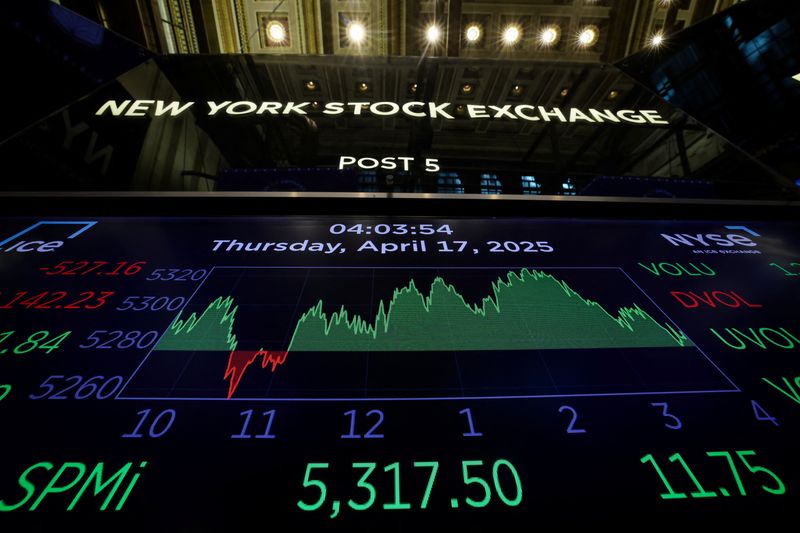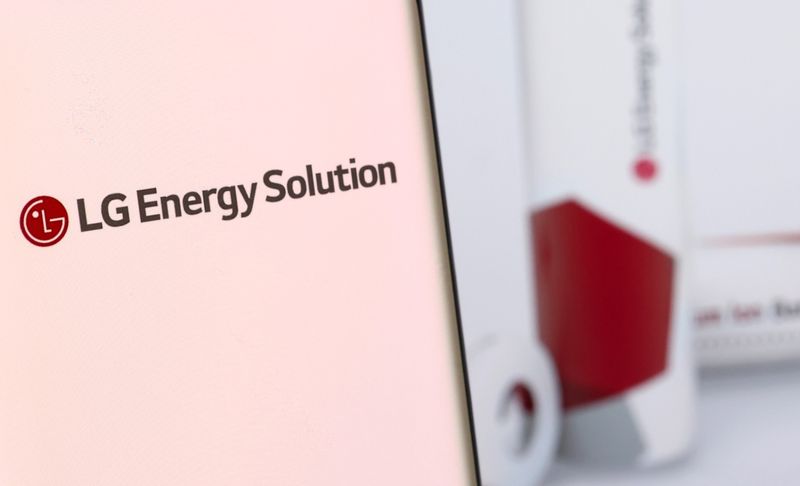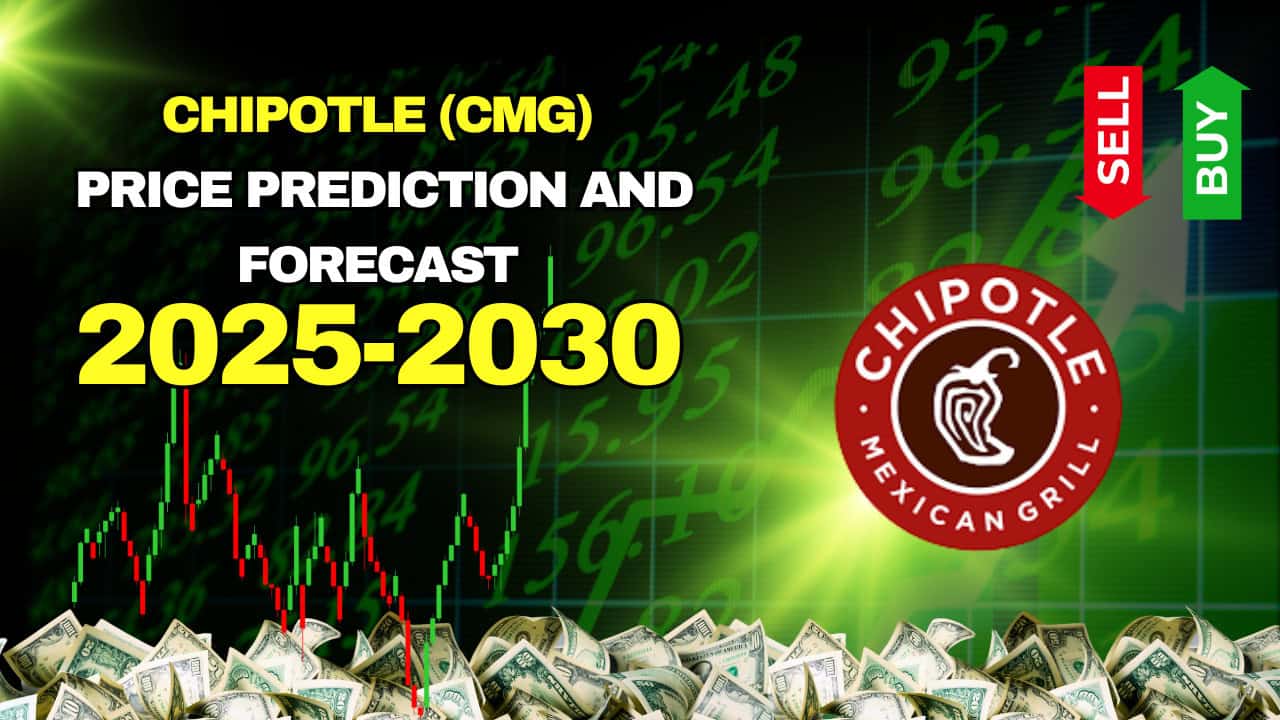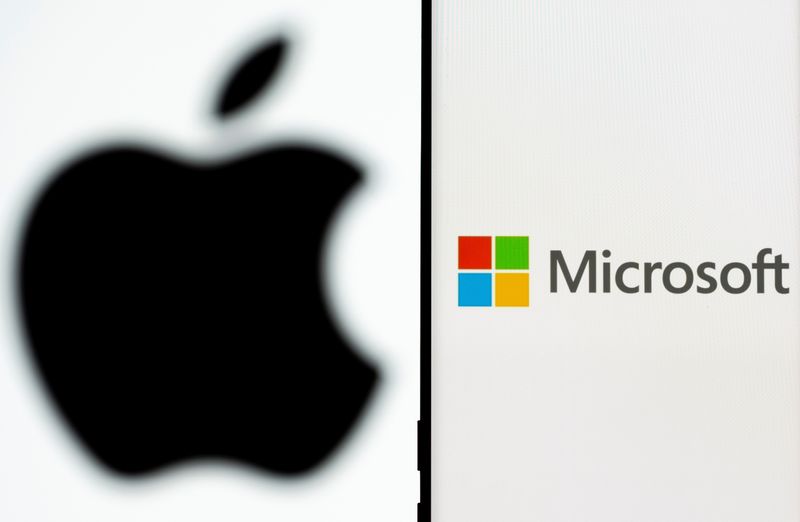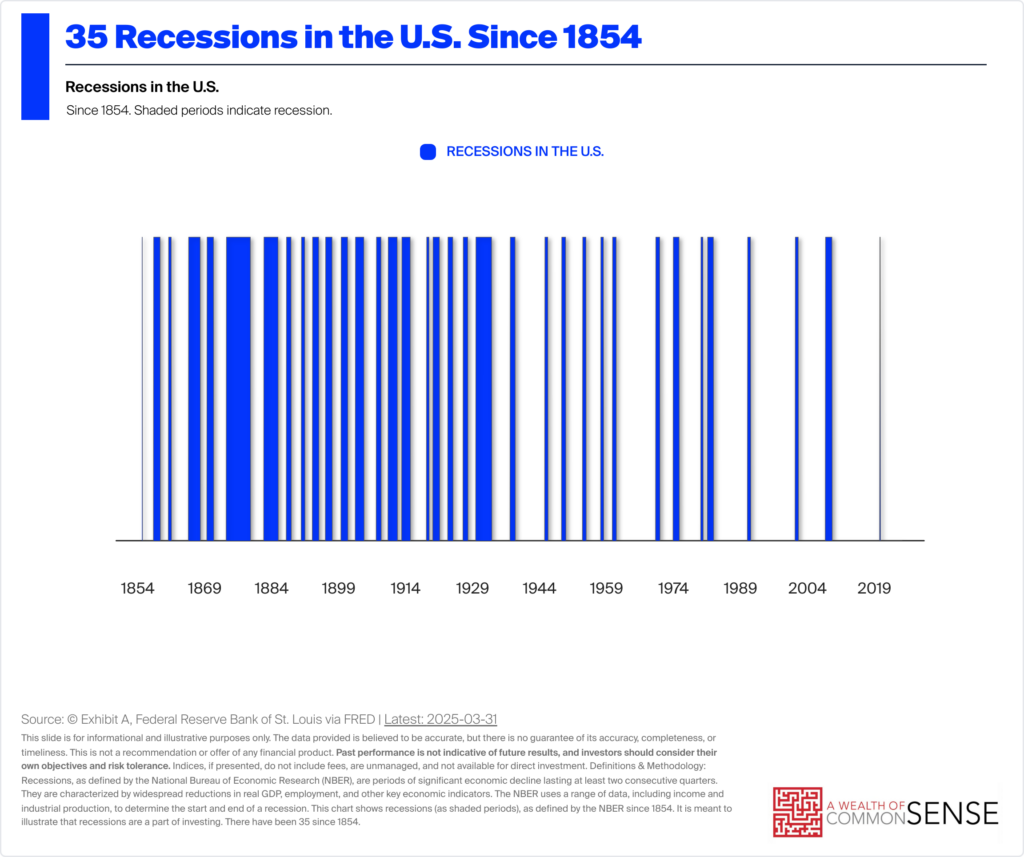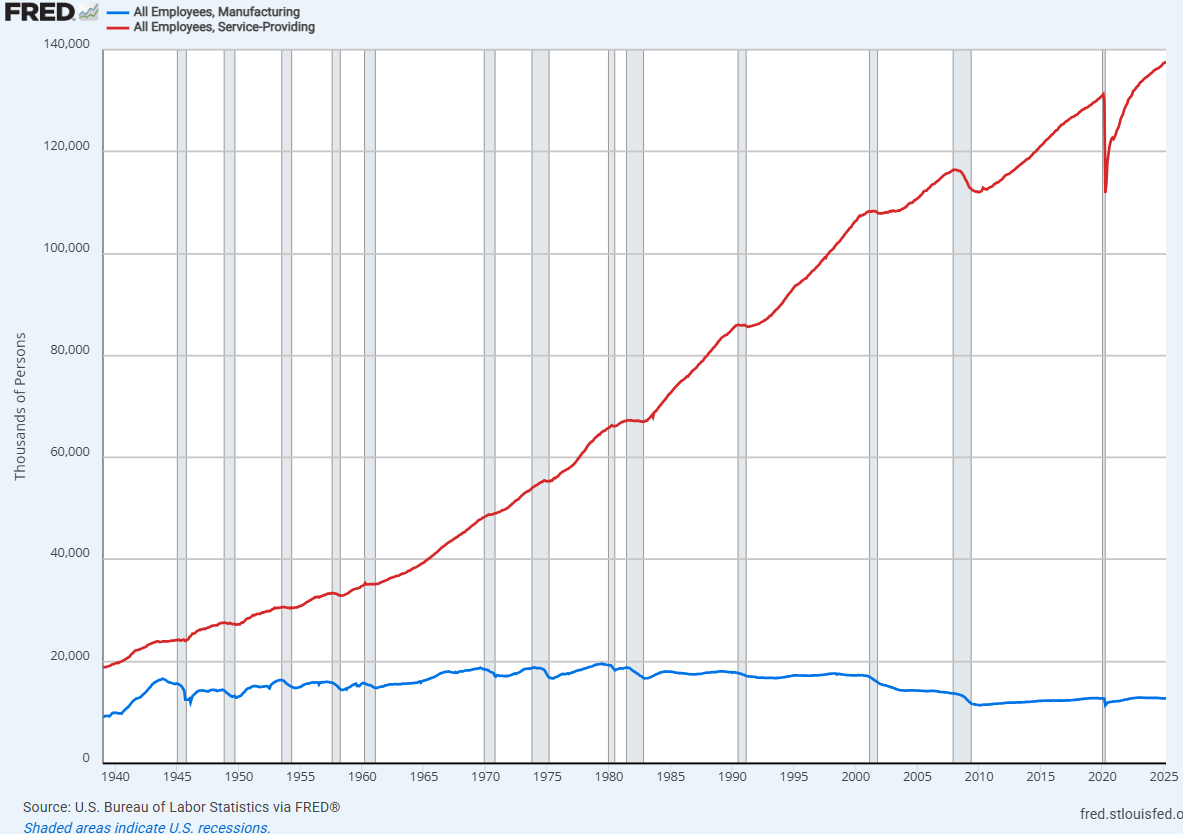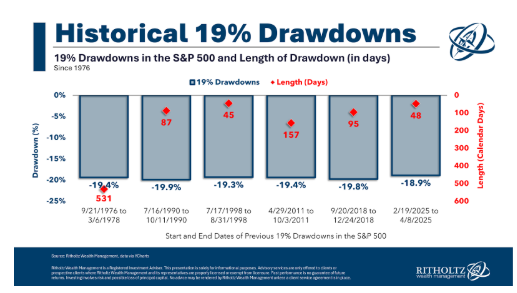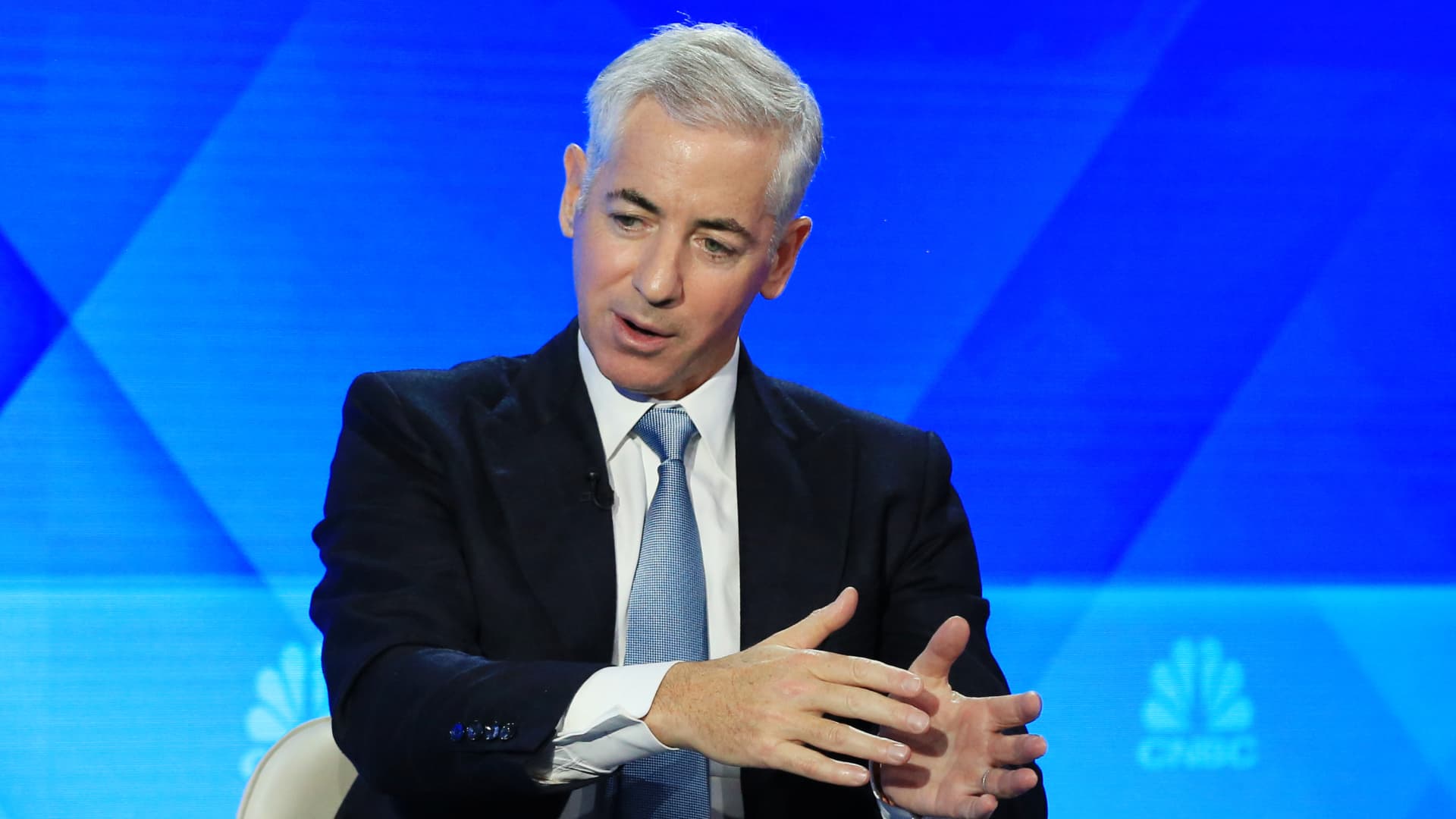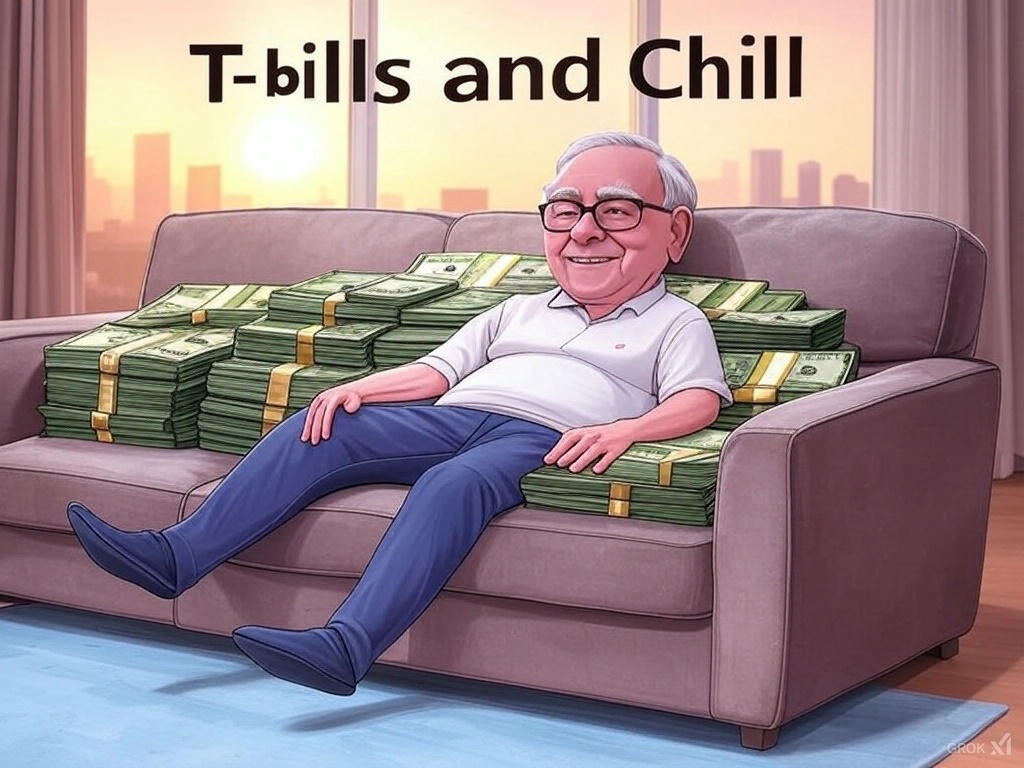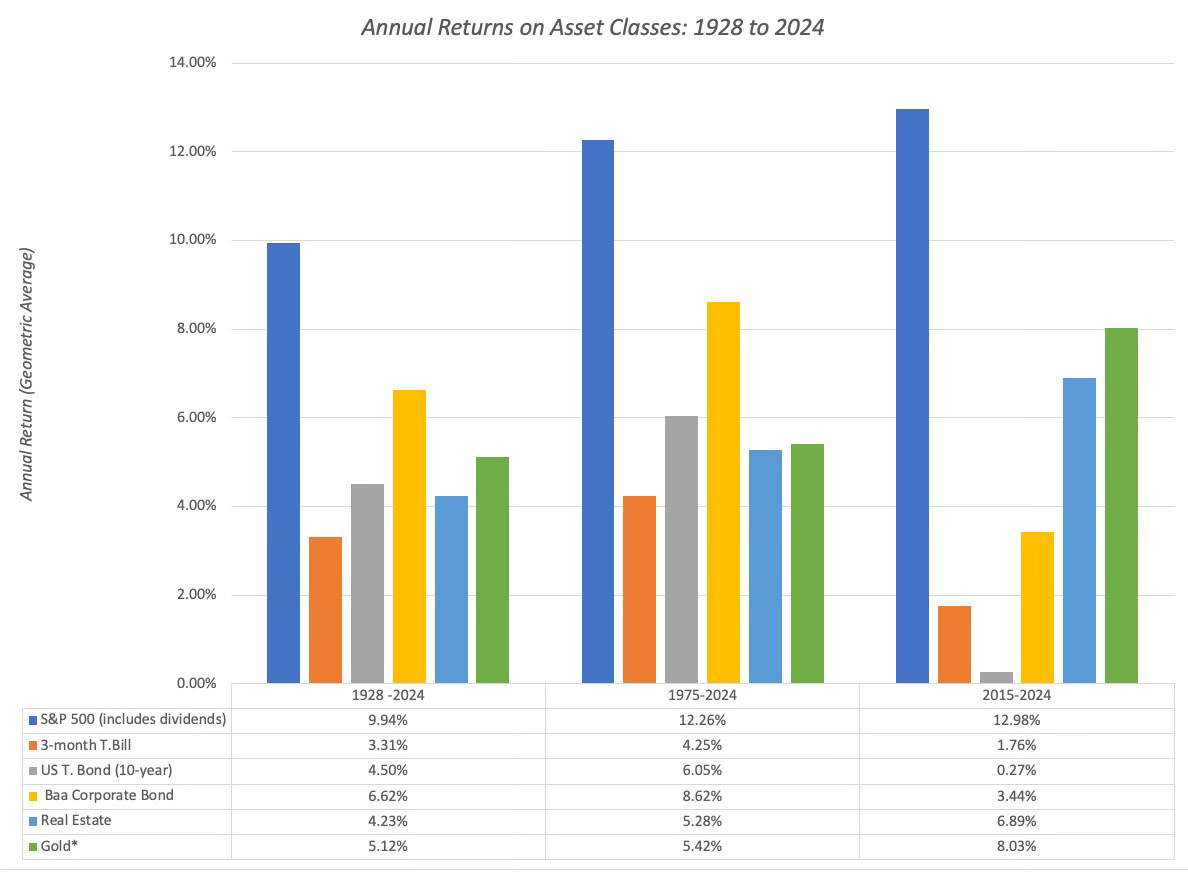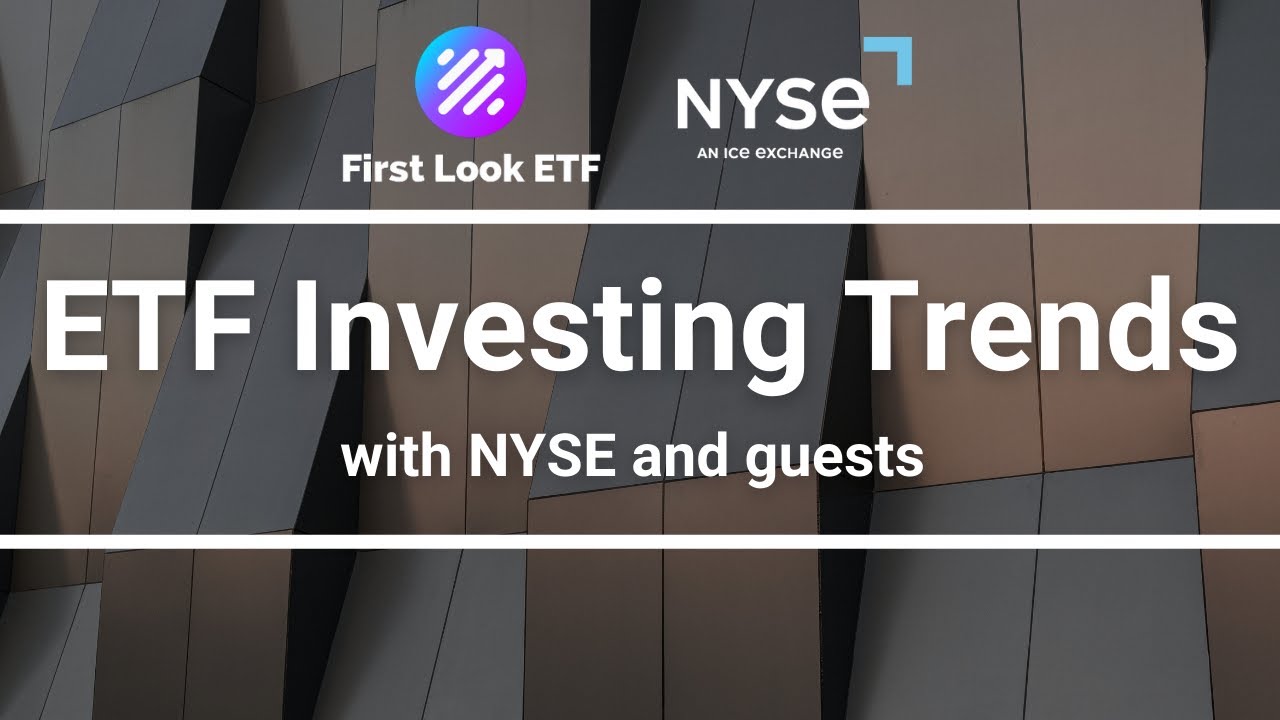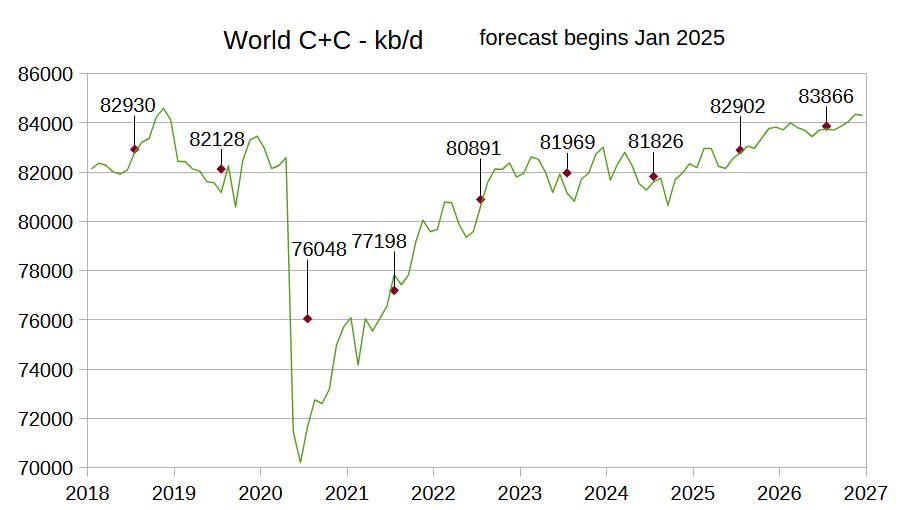VOO vs. VTI: Which Vanguard ETF Is the Better Core Holding?
Retail investors are getting into the idea of passive investing and we’ve seen a steady increase in the funds poured into ETFs. A top choice for investors, Vanguard has set a gold standard for low-cost funds that are ideal for long-term investors. Enjoying double-digit returns or beating the market consistently may not be easy to […] The post VOO vs. VTI: Which Vanguard ETF Is the Better Core Holding? appeared first on 24/7 Wall St..
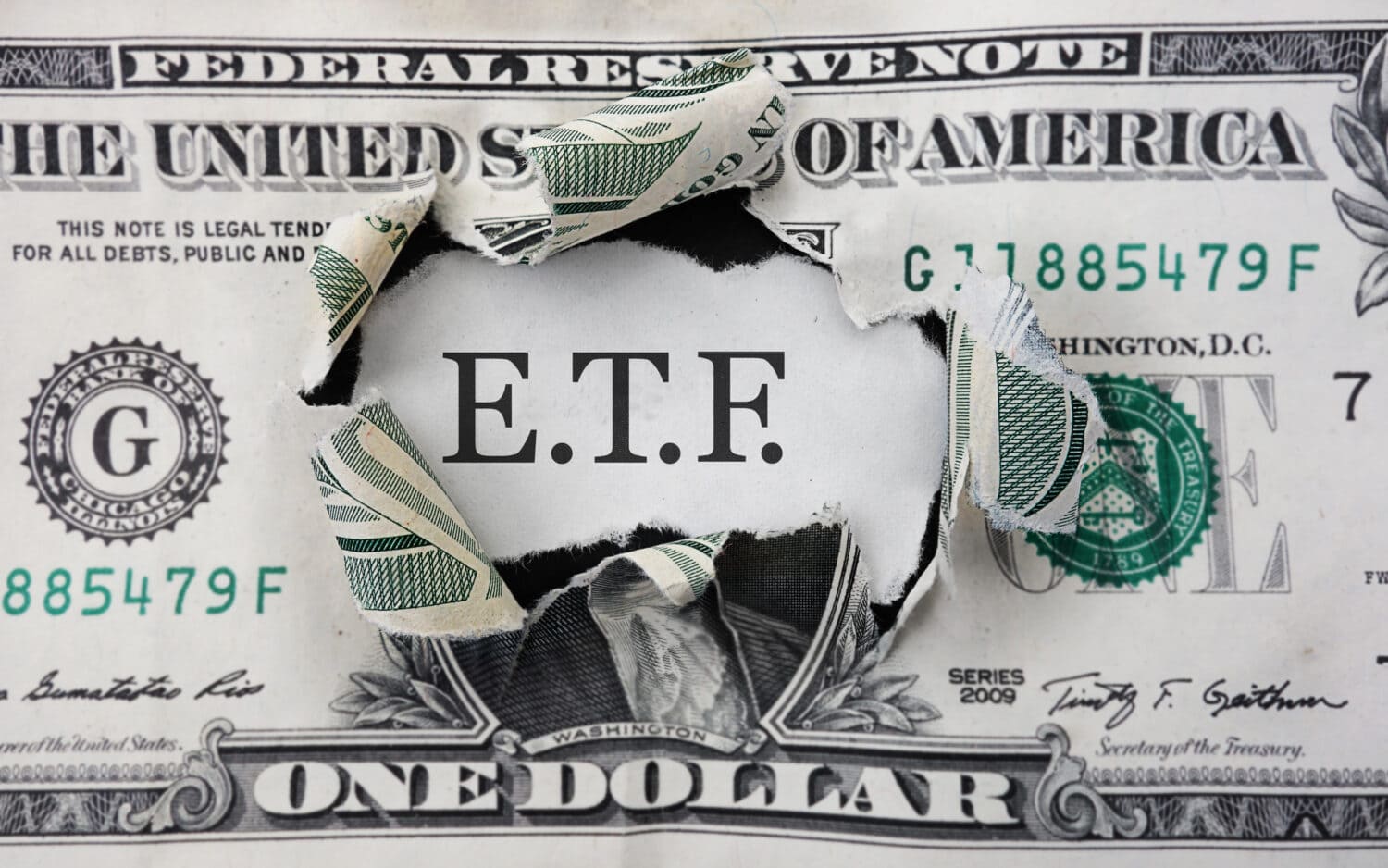
Retail investors are getting into the idea of passive investing and we’ve seen a steady increase in the funds poured into ETFs. A top choice for investors, Vanguard has set a gold standard for low-cost funds that are ideal for long-term investors. Enjoying double-digit returns or beating the market consistently may not be easy to accomplish but if you have invested in ETFs, it might become possible.
Exchange traded funds add a bit of growth to your portfolio and reduce the stress of actively managing the investment. Right from beginners to seasoned investors, Vanguard ETFs have become an integral part of many portfolios. In this article, we discuss two of Vanguard’s top ETFs- The Vanguard S&P 500 ETF (NYSE: VOO) and Vanguard Total Stock Market ETF (NYSE: VTI) and choose the better investment.
Key points in this article:
- The VOO and VTI are two popular Vanguard funds for passive investors.
- While both have similar expense ratios, one fund has historically performed better than the other.
- If you are looking to invest in individual stocks and looking for the next Nvidia, get your hands on a free copy of “The Next Nvidia” stocks. It has one software stock with 10X potential.

Vanguard S&P 500 ETF
Vanguard VOO ETF tracks the S&P 500 index and is often seen as a core holding in many portfolios. It is a straightforward ETF that mirrors the performance of the S&P 500 and gives investors access to the top U.S. companies for a small expense ratio. By investing in this ETF, you are basically investing in the top U.S. companies which have a proven track record.
It has an expense ratio of only 0.03%. With a net asset value (NAV) of $561.18, the fund has generated over 20% returns over the past three years. Its one-year return is 26.34%, and its five-year return is 15.12%.
S&P 500 is one of the best investing vehicles and this fund comes as close to it as possible. Its Assets Under Management (AUM) is $498.5 billion. The ETF holds 505 stocks and has the highest allocation in the technology sector, followed by the financial sector and healthcare. The top 10 holdings of the fund include:
- Apple
- Microsoft Corporation
- Nvidia
- Amazon
- Meta Technologies
- Alphabet Inc. Class A
- Tesla Inc.
- Broadcom Inc.
- Alphabet Inc. Class C
- Berkshire Hathaway Inc. Class B
VOO provides immediate diversification across different industries and has all the tech winners in the top 10 holdings. When tech stocks are falling, VOO could be in trouble. But if it is too much for you, you can diversify by investing in VTI which has top tech stocks and other small caps in its holding.

Vanguard Total Stock Market ETF
Vanguard total stock market ETF or VTI tracks the CRSP US Total market index and has a low expense ratio of 0.03%. With VTI, investors are not restricted to the S&P 500 but get to invest in the total U.S. market, which includes companies of different sizes. It brings broader diversification and carries an element of risk. The Assets Under Management (AUM) for VTI are $421.1 billion and its one-year return is 22.79% while the five-year return is 14.48%.
Its NAV is $301.49 and it holds 3,615 stocks. About 34% of the fund investment lies in the technology sector followed by consumer discretionary and financial sector. With VTI, you enjoy world-class diversification and stability. The fact that VTI is not restricted to the S&P 500 is the major difference between the two funds. Its top 10 holdings include:
- Apple
- Microsoft
- Nvidia
- Amazon
- Meta Platforms
- Alphabet Inc. Class A
- Tesla Inc.
- Broadcom Inc.
- Alphabet Inc. Class C
- Berkshire Hathaway Inc. Class B
As a matter of fact, the top 20 holdings of both the funds are the same, the difference lies in the rest of the allocation. If tech stocks are down, VTI will not be impacted as much due to the diversification. It is ideal for those who do not want to take much risk. Its modest exposure to tech stocks could have a minor impact on the portfolio.
The verdict
The post VOO vs. VTI: Which Vanguard ETF Is the Better Core Holding? appeared first on 24/7 Wall St..




